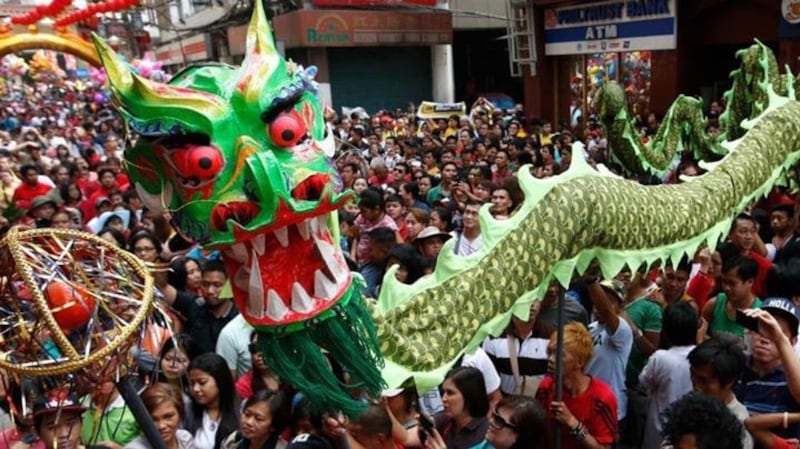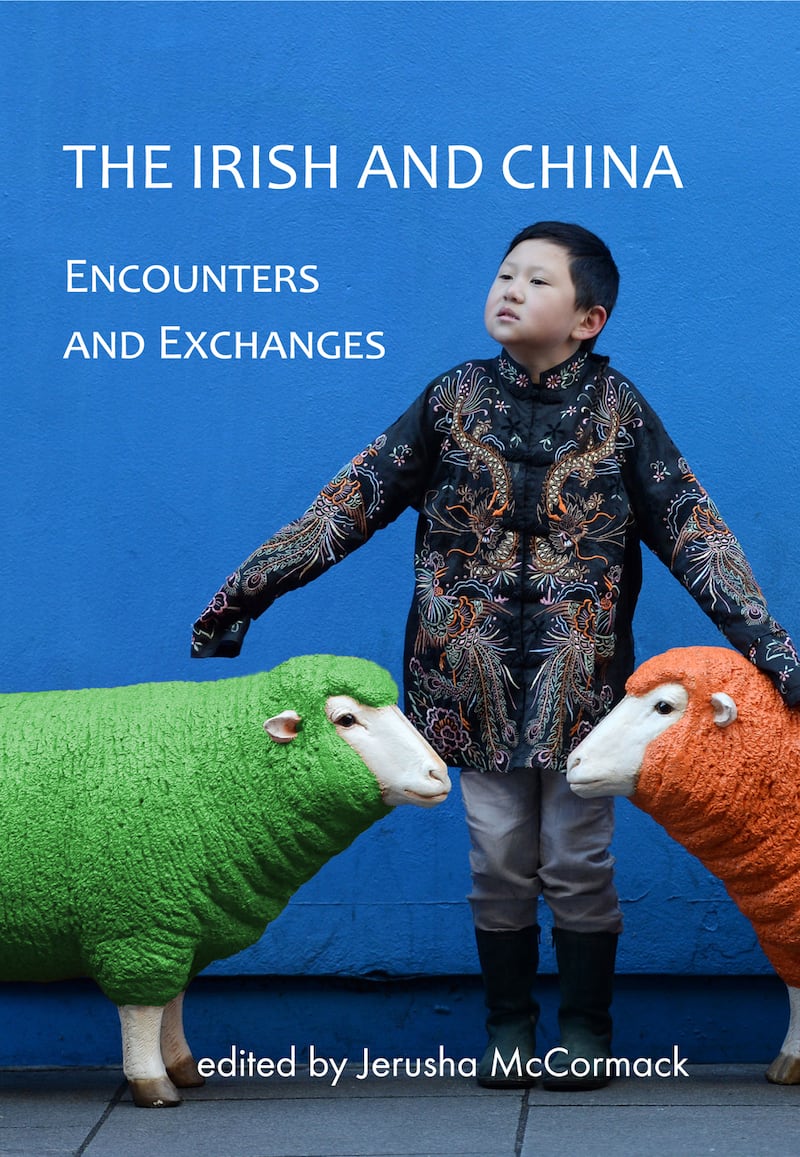Absurd when you think about it: Ireland – a State of about four million people that would fit into a medium-sized Chinese city – having an impact on a China of 1.4 billion. How could this happen? If Ireland is that small, how can it be so big?
One answer: Ireland is a member of a world church. As such, the first Irishman, a Franciscan monk named James, arrived in Beijing about 1323 – the expedition captured by his companion friar in The Tales of Odoric (1513). Centuries later, after the end of the First Opium War in 1842, Irish missionaries – both Catholic and Protestant – came to China. Of these, perhaps the best known are the Columban Fathers who initiated the Maynooth Mission in 1918. Founding not only churches but schools and (after being joined by the Missionary Sisters of St Columban) clinics and orphanages, they came to China to save souls – but wound up saving lives.
Another answer is that Ireland was, historically, part of the British Empire – sending over men such as George Macartney, delegated to head the first embassy to China in 1792. After the First Opium War, Macartney was followed by large numbers of bureaucrats to administer the Empire’s newly colonised ports: eight governors of Hong Kong, for instance, may be counted as Irish.
It was a posting to China as a customs officer, for instance, that allowed Augustine Henry to become one of the century’s greatest botanists. Henry’s importing of hitherto unknown, rare plants from the Chinese hinterland transformed the Irish landscape forever.
Finally, there are our Irish writers. After the Empire of the Great Qing was ousted in 1911, China looked for its future direction to models from the West. Scholars will tell you that China’s was a “translated revolution”; that is, modernity arrived in China literally via translations – the work of Irish writers prominent among them. More than a decade before the 1911 revolution, Oscar Wilde and Lady Gregory were popular – sometimes with curious results. Wilde’s Salome, for instance, rejected as degraded literature in the West, in China was greeted as a paean to the newly liberated woman. Similarly, Wilde’s essay, The Soul of Man under Socialism, seems to have been almost as popular in China as it was in Russia after the revolution of 1917.
In particular, the events of Easter 1916 were seized upon by Chinese intellectuals as an instance of how literature can inspire a revolution. From the 1920s onwards, modernizers such as Lu Xun, Guo Moruo, Mao Dun and others praised Irish writing, often translating it themselves. One marker of Ireland’s global influence at this time would be the poem Victorious in Death, written by Guo Moruo in response to the agonising last days of Terence MacSwiney – a world away in London.
Impartial God of Death! I am grateful to you,
You have saved MacSwiney for whom my love and reverence know no bounds,
MacSwiney, fighter for freedom, you have shown how great be the powers of the human will.
I am grateful to you, I extol you: freedom can henceforth never die.
For such intellectuals, literature was welcomed as a springboard in creating this new China. So it is not surprising that they seized on the work of such Nobel Prize winners as WB Yeats and Shaw, as they too had come to believe that a revolution must entail not simple regime change but a transformation of the hearts and minds of an entire people. In other words, they believed a literary revolution could fuel a literal one.


Thus, as China moved into the turmoil of nation-building, Irish literature was once again adapted by Chinese intellectuals for their own purposes. In the 1930s as the writings of Karl Marx evolved into an official ideology, “socialist” Irish writers such as John Millington Synge, Sean O’Casey and (of course) Shaw were held up as producers of a “people’s literature”. In fact, Shaw actually visited China in 1933 – the only Irish writer of this period to do so. His influence there has been so pronounced that an entire book, Bernard Shaw and China (2007), is devoted to it.
Why this disproportionate influence of Irish writers? One reason might be that in China, as in Ireland, the written word has been regarded as a potent agent for social change. Another might be that Ireland and China share a kind of parallel history: whether of colonisation or famine, tensions between landlords and peasants or revolt against empire, civil war or the challenges of building a new nation. As well as a rapid transition over a few generations from a traditional agricultural society to a modern or even post-modern one.
The uncanny correspondence between the careers of the early James Joyce and the great Chinese intellectual Lu Xun illustrate just how closely Ireland and China are bound by common issues during this period. And perhaps because of these commonalities, Irish literature maintains its high status: as Dai Congrong discovered recently when her translation of Finnegans Wake became a runaway best seller.
For its part, China too has changed Ireland – though research on this topic is still negligible. Could it be that Wilde’s essay on The Soul of Man under Socialism was welcomed in China because it pirated so much of the first translation of that great Daoist sage, Zhuangzi? Or that Yeats’s formidable poem, Lapis Lazuli owes its singular power to the Qianlong stone mountain (now in the exhibit in the National Library of Ireland) on which it is based? Or even that Samuel Beckett’s Waiting for Godot might be in debt to a play by Lu Xun – or to his interest in Chinese music?
Today China is learning about Ireland through Riverdance and U2, through the visits of contemporary musicians, playwrights and poets. Our Bord Bia is busy introducing China to the superior qualities of Irish butter, beef and infant formula. In the Irish Studies Centre of Beijing Foreign Studies University, Chinese students are actually learning Irish, just as Irish students are now studying Mandarin for the 2022 Leaving Cert. So perhaps in celebrating the Chinese New Year, we should keep in mind just how Ireland and China are transforming each other in ways we could never have imagined. Only the beginning of this surprising relationship.
Prof Jerusha McCormack is an Irish academic with a long career in the area of comparative cultures and a particular interest in China, teaching for many years at Beijing Foreign Studies University and more recently at Fudan University in Shanghai. She currently lectures for the Chinese Studies MPhil at Trinity College Dublin. She is the author and editor of several publications including The Irish and China: Encounters and Exchanges (New Island Books, €29.99); China and the Irish: Thomas Davis Lecture Series (New Island Books, 2009)and, with John Blair, Thinking through China (2015) and Comparing Civilizations: China and the West (4th edition, 2018).

















